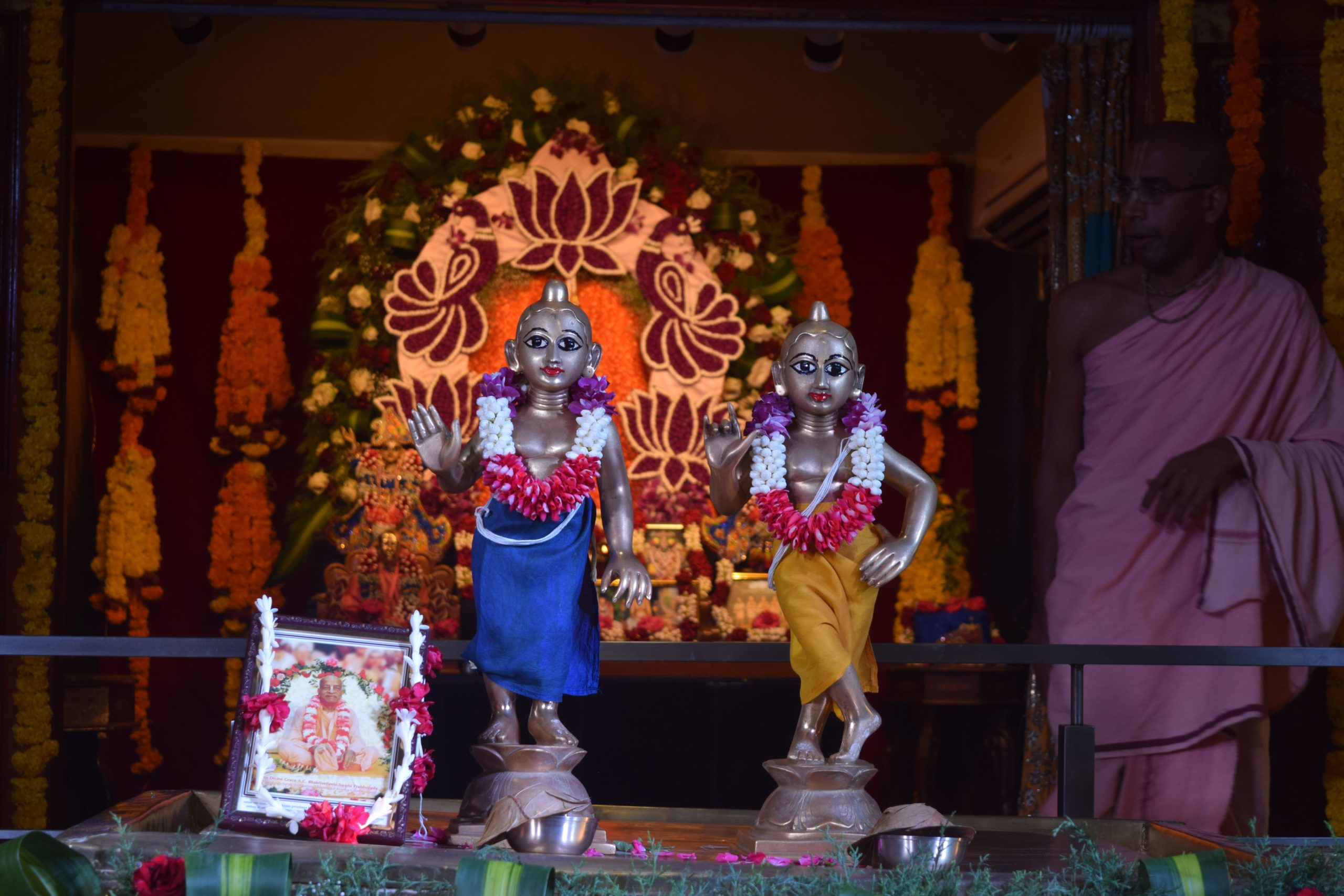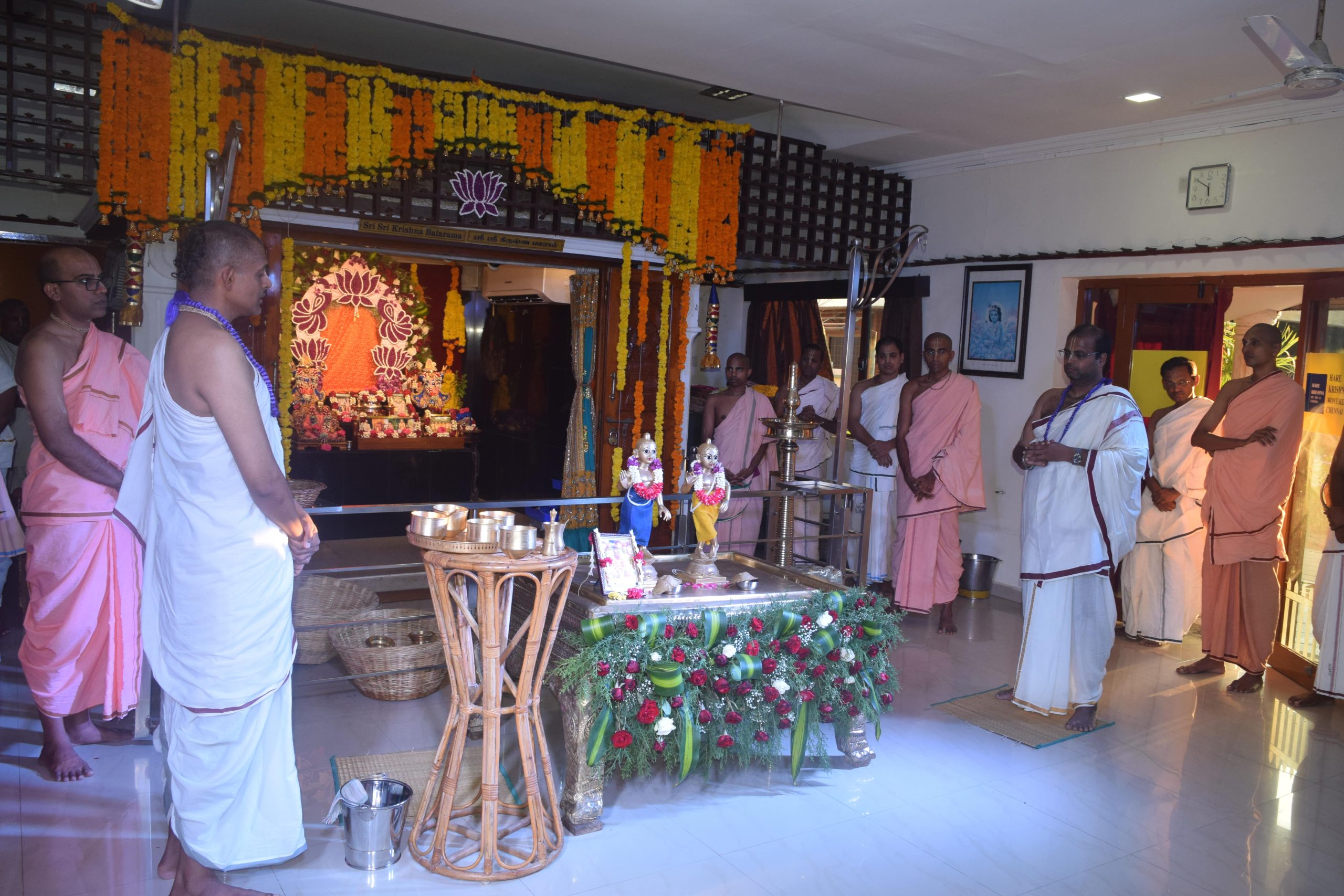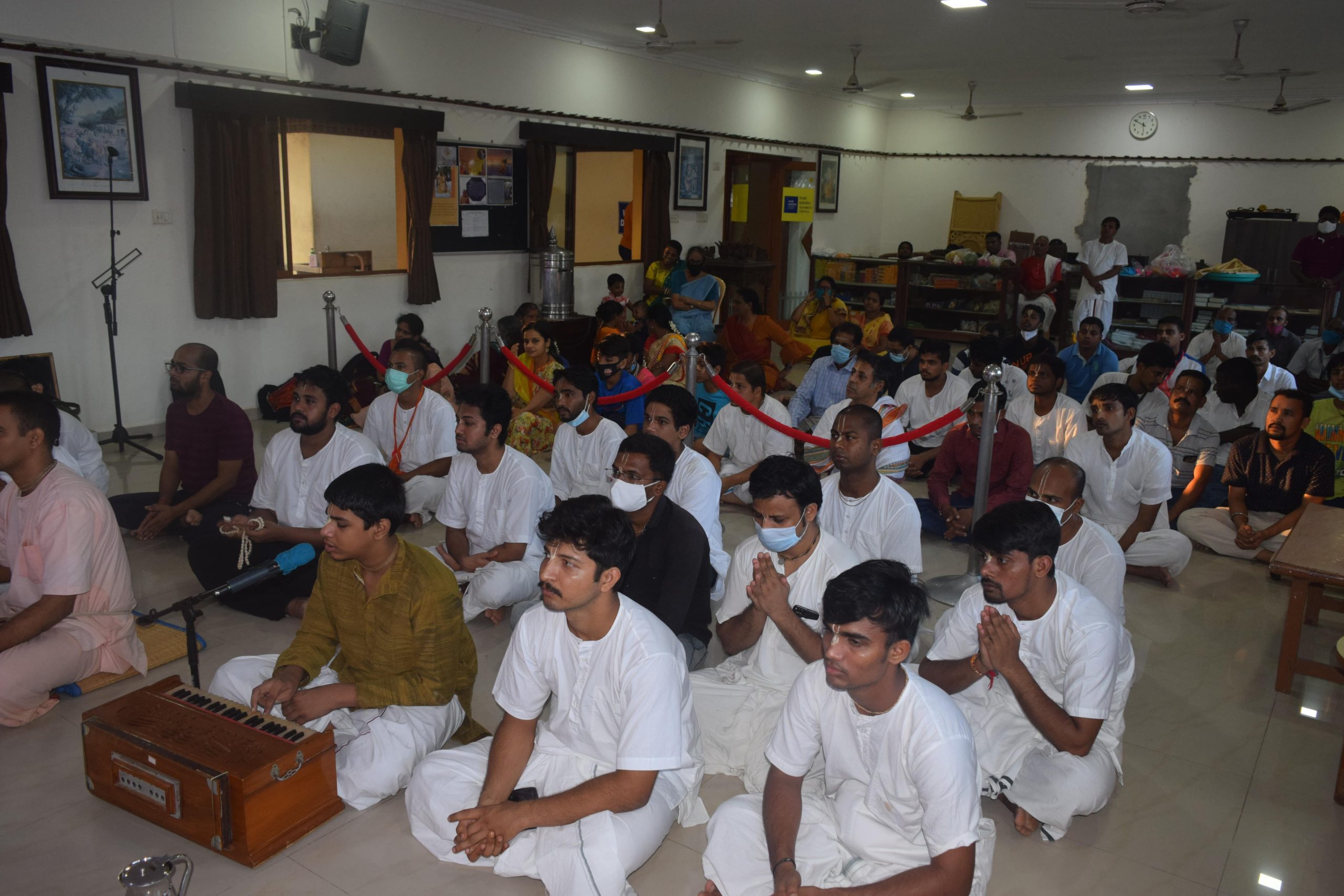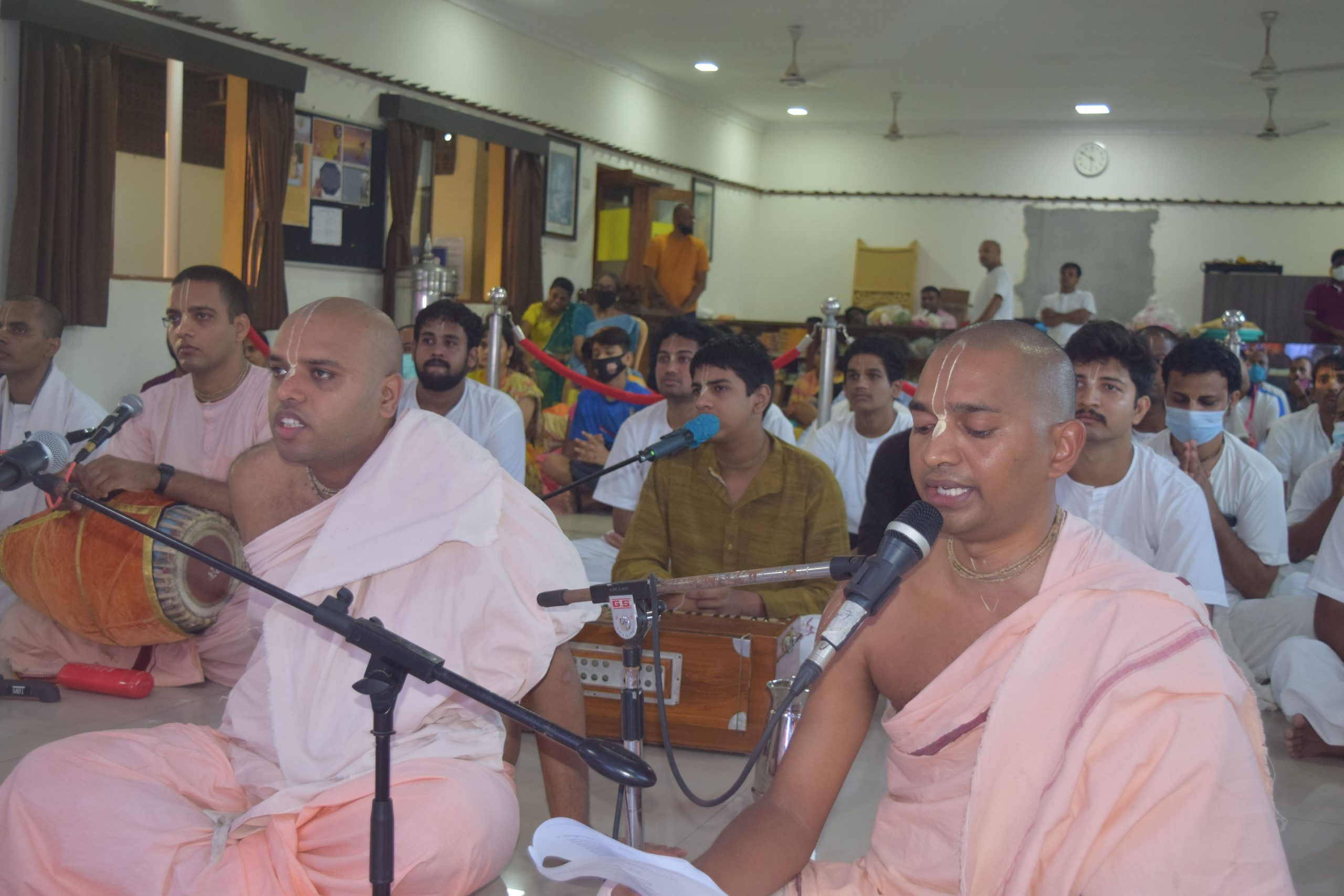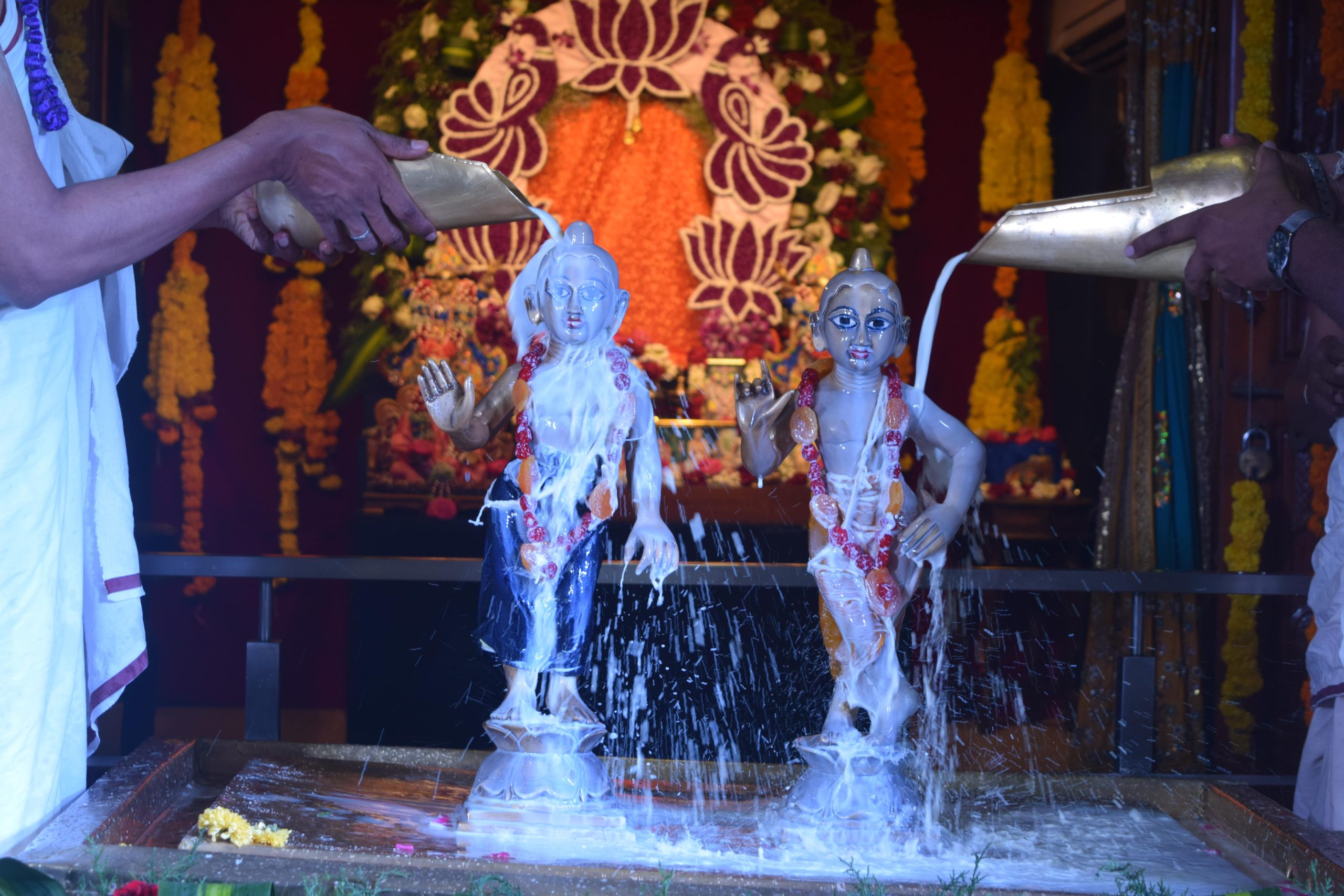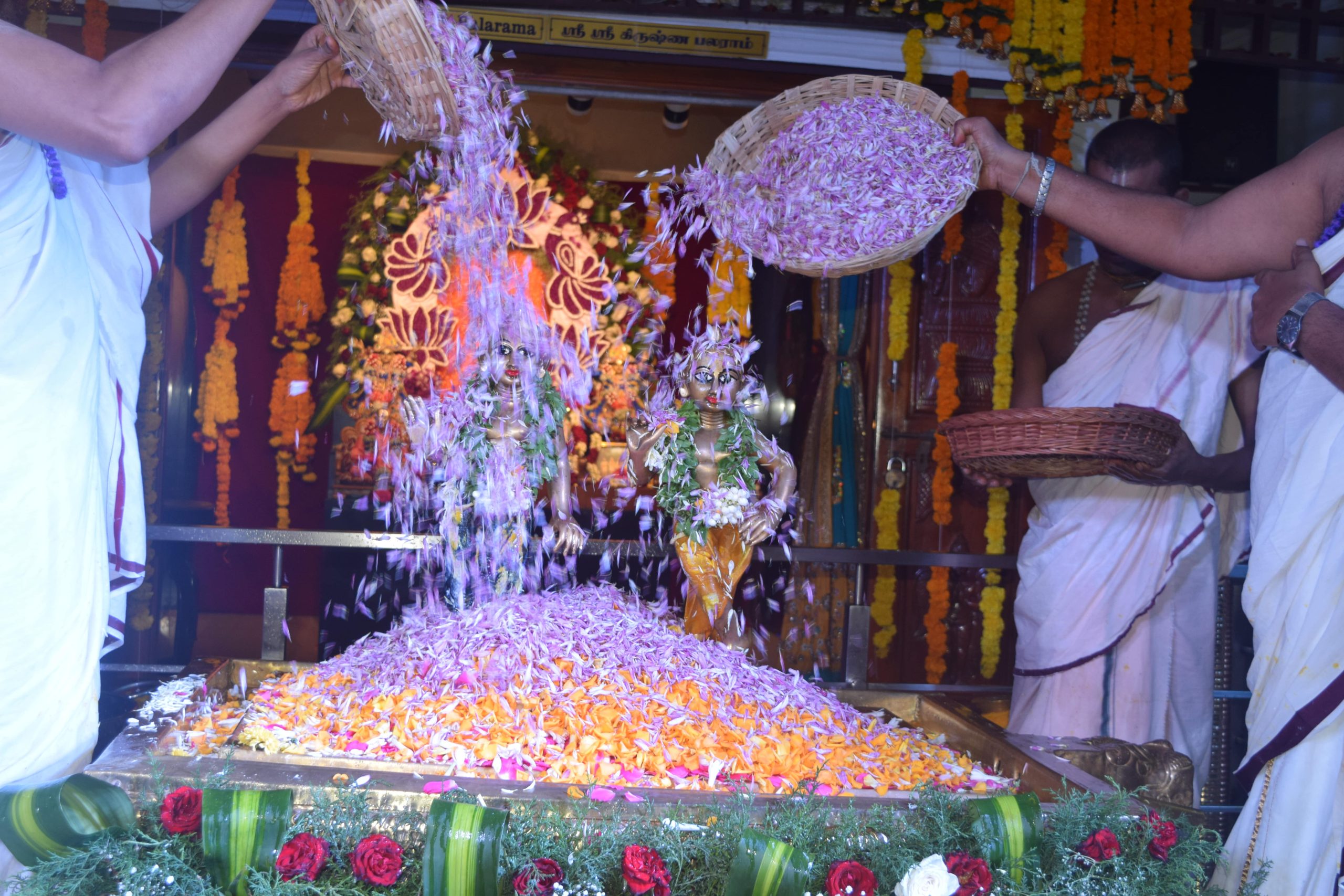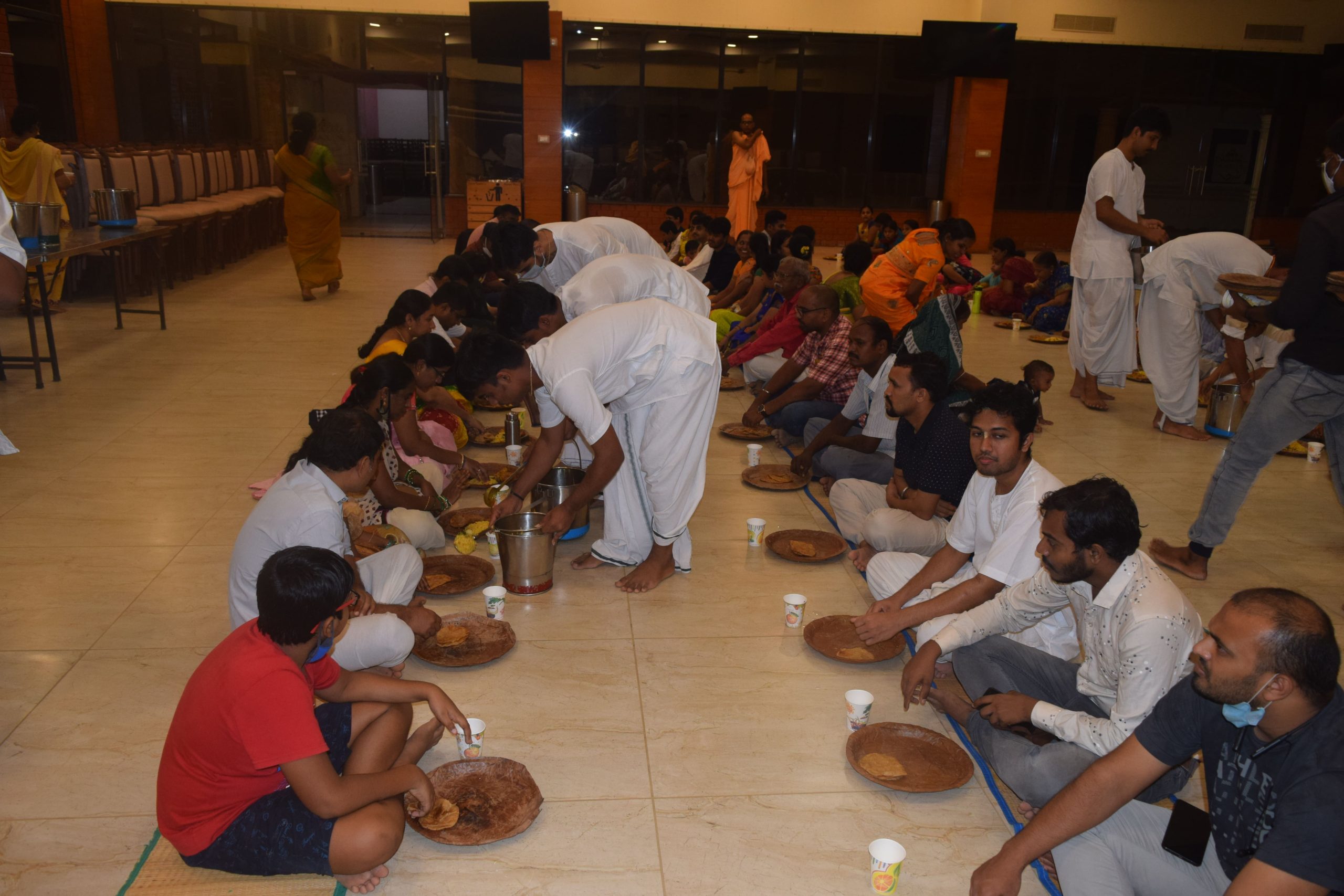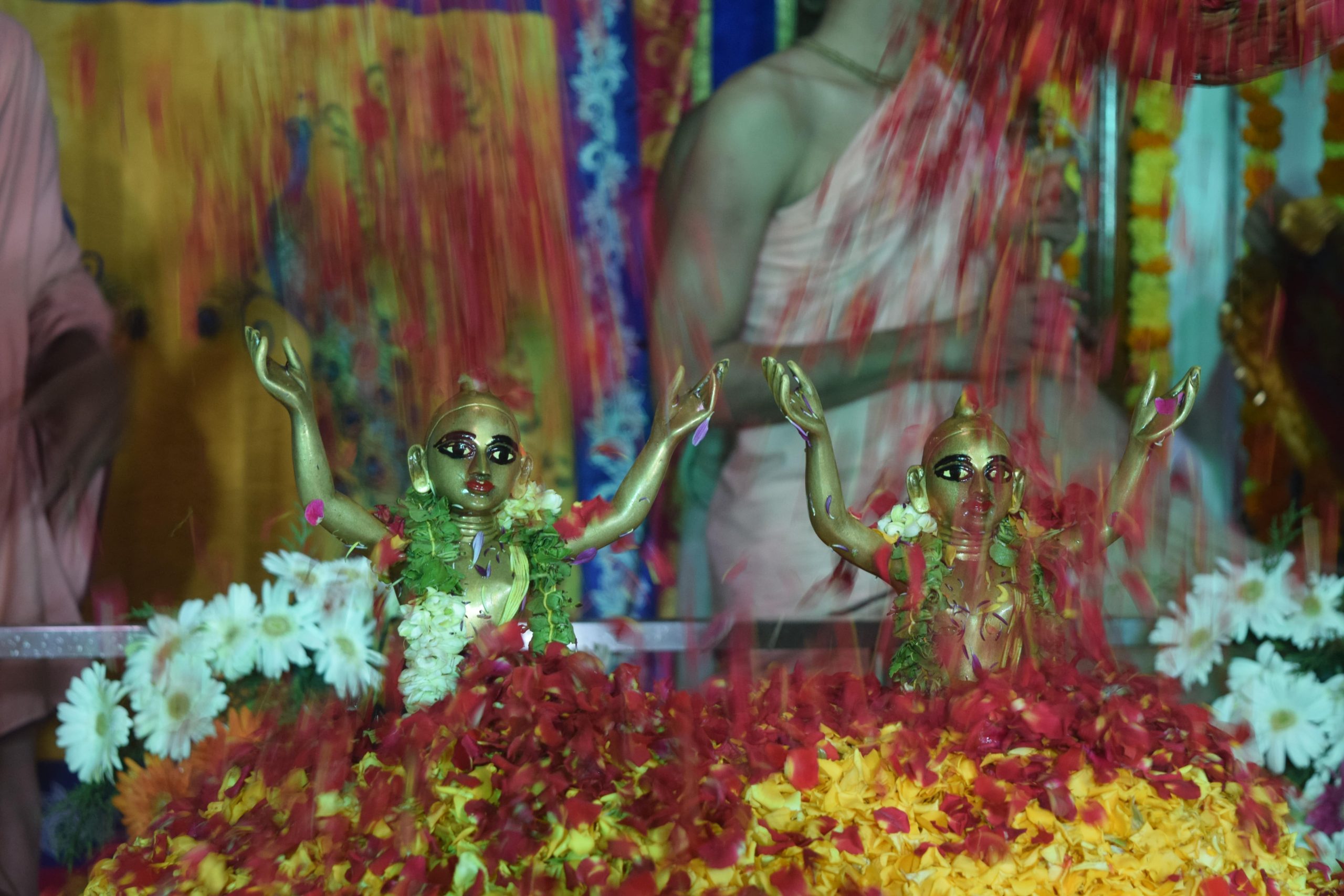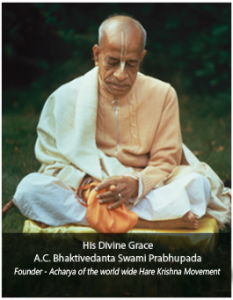
Here is the beginning of education, real education. What Kåñëa says. I have already explained that our process of accepting knowledge is the paramparä system. Avaroha-panthä. There are two ways of acquiring knowledge, äroha-panthä and avaroha-panthä. Knowledge coming from the authorities, that is perfect knowledge. And knowledge acquired by experimental knowledge, that is not perfect. Because we are imperfect. Suppose a big professor, just like that Russian Professor Kotovsky, they are trying to understand things by so-called inductive process, or äroha-panthä, going up by one’s speculation, by speculative method. But our process of knowledge, Vedic process of knowledge: tad-vijïänärthaà sa gurum eva abhigacchet. Their knowledge should be taken from the authority. Do not manufacture knowledge. Because how you can manufacture perfect knowledge. You are imperfect. Your senses are imperfect. You are defective in four ways. To err is human. You must commit mistake. You must be illusioned. Your senses are imperfect, and you have got a cheating propensity. These four defects are there. Those who are not liberated, mukta-puruña, they have got four defects.He must commit mistake. Just like we can give you instance: Our Mahatma Gandhi, he was so great personality, but he also committed so many mistakes. Even on the day of his death, it is heard that he was forbidden not to go the meeting. The other persons, they scented some danger, but he forcibly went there and he was killed. So mistake, committing mistake. To err is human. That is not fault. That is our habit. We commit mistake. And we also, we are illusioned. Just like I am not this body. I am spirit soul. Ahaà brahmäsmi. But we are giving identification with this body.

“I am Indian,” “I am American,” “I am brähmaëa,” “I am çüdra.” So this is illusion. So to commit mistake and to become illusioned and cheating propensity. Actually, I do not know things as they are, still, I am writing books. To educate people. Big, big scholars, they have no clear thought, clear understanding; still they write books. Even Darwin’s theory. He’s proposing, “Perhaps; it may be,” and he’s writing a big book, anthropology. And people are taking knowledge from that book. So if his knowledge based on “Perhaps; maybe,” Is the value of that knowledge.So things are going on like that. The senses are imperfect. He has got a cheating propensity. Cheating propensity means he has no perfect knowledge; still, he wants to give knowledge, to become famous in the world, famous in the community. So, Is the value of your writing books if you have no perfect knowledge. But because we have got a cheating propensity, we do like that. So Vedic knowledge is not like that. There is no cheating. There is no imperfection. There is no illusion. There is no error. That is Vedic knowledge.
Not Lord Brahmä. The author of Vedic knowledge is Kåñëa. As it is stated in the Çrémad-Bhägavatam: tene brahma hådä ädi-kavaye muhyanti yat sürayaù. He imparted the knowledge, brahma, çabda-brahma knowledge, into the heart of Lord Brahmä. So Brahmä is not self-sufficient. Factually, we are supposed to get knowledge, Vedic knowledge, from Brahmä, beginning from Brahmä. But actually it is not the, from Brahmä. Brahmä got the knowledge from Kåñëa. Tene brahma. Oà namo bhagavate väsudeväya. Janmädy asya yataù anvayät itarataç ca artheñu abhijïaù svaräö tene brahma hådä ädi-kavaye muhyanti yat sürayaù. So actually knowledge is coming from Kåñëa. So our proposal is, we are receiving knowledge, this Bhagavad-gétä, Kåñëa is directly giving you the knowledge. So we have to accept it as it is. We cannot interpret Bhagavad-gétä in my own way. That is not Bhagavad-gétä. That is something else. They take advantage of the Bhagavad-gétä and put their own conclusion. That is not Bhagavad-gétä. If you want to study Bhagavad-gétä, then you have to study as it is. Then it is nice.
In the Bhagavad-gétä it is said, Kåñëa is the Supreme Personality of Godhead. Aham ädir hi devänäm. Ahaà sarvasya prabhavo mattaù sarvaà pravartate., mäm eva ye prapadyante mäyäm etäà taranti te, nänyat parataram . So these are the statements in the Bhagavad-gétä. Sarva-dharmän parityajya mäm ekaà çaraëaà vraja. If we do not accept Bhagavad-gétä in terms of the statements given by the Supreme Personality of Godhead, then it is useless. It is simply waste of time. You cannot make any commentary of your poor knowledge. There is nothing very difficult to understand in the Bhagavad-gétä. It is written in very simple Sanskrit word, and things are very clear. As clear as the sunlight. Where is the question of showing the sunlight or the sun-god with your lamp? Suppose now here is sunlight, sufficient light. We can see the sun and everything very clearly. If somebody brings some lamp and says, “Now I shall show you what is sun,” it is useless. Bhagavad-gétä is clear itself. Just like the sunlight. It does not require any lamp-bearer to show the Bhagavad-gétä or Kåñëa. It does not require. You try to see Bhagavad-gétä as it is. Then you will be benefited. Otherwise, you’ll be misled.

Just like in the beginning of the Bhagavad-gétä it is said, dharma-kñetre kuru-kñetre samavetä yuyutsavaù, mämakäù päëòaväç caiva kim akurvata saïjaya .It is very clear. Dharma-kñetre. Kurukñetra is dharma-kñetra. Still. There is Kurukñetra. All of you know. And it is dharma-kñetra. People go for pilgrimage. And in the Vedas also it is stated that kuru-kñetre dharmam äcaret. One should go to Kurukñetra and perform religious rituals there. So it is dharma-kñetra by Vedic version, by practical example. Dharma-kñetre kuru-kñetre. But somebody’s interpreting Kurukñetra as this body. From which dictionary he can get this meaning, that Kurukñetra means this body? This kind of interpretation is going on. But our proposition is that if you want to be benefited by reading Bhagavad-gétä, don’t read such malinterpretation. Read Bhagavad-gétä as it is. Then you will be benefited. Kuru-kñetre dharma-kñetre. It is a fact. Kurukñetra is dharma-kñetra. Samavetä yuyutsavaù. And the persons assembled there, namely, the Päëòavas and the Kauravas, they wanted to fight. Yuyutsavaù. That’s all right.,They wanted to fight. They selected a nice place, dharma-kñetra, Kurukñetra, and there they fought. So it is, meaning is clear. Why there should be interpretation that “The Päëòavas means the five senses and the Kurukñetra means this body”. Interpretation is required where things are not clear. Actually, we do interpret. Just like in the law court, if some clause is not very clear, the lawyers interpret: “It may be like this, it may be like that.” But when the things are clear, there is no question of interpretation. That is the system. Amongst the scholars, if things are clear, there should be no interpretation.
So Bhagavad-gétä, in each and every verse, the things are very, very clear, as clear as the sunshine. So there is no question of interpretation. Our, this publication of Bhagavad-gétä, we have therefore mentioned: Bhagavad-gétä As It Is. Because there are six hundred and forty different editions of Bhagavad-gétä, and almost every one of them has got a different interpretation. That is the system going on now. Therefore, before me, many persons, many swamis, went to Western countries and they presented Bhagavad-gétä in their own way, but not a single person became a devotee of Kåñëa. Throughout the whole history. Now Bhagavad-gétä is being presented as it is, and thousands of them are becoming devotee of Kåñëa. Practical. Thousands of them. The simple thing. I presented Kåñëa as the Supreme Personality of Godhead, and they accepted it, the Supreme Personality of Godhead, and by following the principles, within the four years, so many devotees of Kåñëa have come out. Because there was no adulteration. So our request is try to understand Bhagavad-gétä without adulteration. Try to understand Bhagavad-gétä as it is presented. Then you will get knowledge. Otherwise, you will remain in the same ignorance, before reading Bhagavad-gétä and after reading Bhagavad-gétä. This is our proposal.


